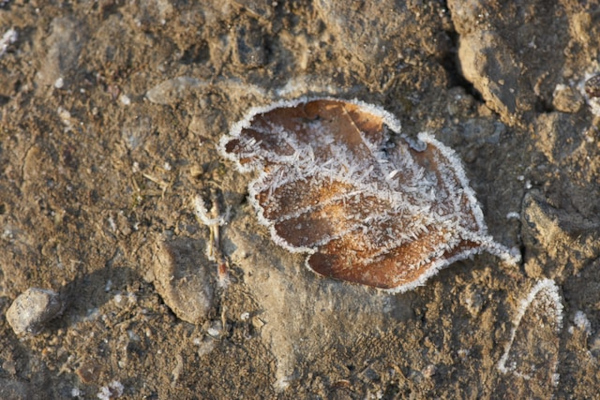NEW DELHI: Fresh excavations have begun at Mandro Fossil Park in Jharkhand to try and find answers to exactly when Australia and Antarctica split from India — with the help of plant fossils. Nearly 50 fossils have been dug up between March 9 and 13 as part of the study, led by the Birbal Sahni Institute of Palaeosciences (BSIP) in Lucknow with the Jharkhand forest department.
Some of these were large specimens, buried about 1m deep, which need on-site conservation and careful extraction. The excavation area covers Gumri in the Rajmahal Hills and spans Sahibganj, Pakur, Dumka and Godda districts. “We will collect sediments from the section where we get the fossil. The sediment is then used to determine the biostrati-graphic (assigning relative age of rock layers) framework. That, in turn, will help us determine the age of the fossil,” research lead Dr Vivesh Vir Kapur from BSIP said.
“Then, we will take pollen samples from the rock samples and the wood fossils from where the rocks have been taken,” said second scientist Dr Suresh Pillai. These will be compared with samples from Australia and Antarctica. So, when a prehistoric plant is found on both, for instance, Australia and India, it would help understand the split better. “Right now, it is believed to have happened 140 million years ago,” said Dr Vandana Prasad, director of the institute.
The Cretaceous period (145 to 65 million years ago) is believed to have had warm climate and high sea levels. The first flowering plants on the planet began to emerge in the Early Cretaceous period. “They began to diversify during Late Cretaceous period (ending 65 million years ago). This rapid expansion of angiosperms (flowering plants) corresponds to an important phase in the breakup of Gondwana (the supercontinent from which India, Sri Lanka, Australia, South America, Africa, Arabia, Madagascar and Antarctica broke off) and a series of major sea-level fluctuations,” said a senior archaeologist working on the project.
Source: ToI
Image Courtesy: Tripinfi
You may also like
-
India Can’t Afford to Remain Stagnant at this Juncture, Says PM Modi; Asks People to Buy Locally-Made Goods
-
Stolen Artefacts to be Returned to India from Scotland Museums
-
Netaji’s Hologram Statue at India Gate
-
10th Century Stone Idol of Goat Head Yogini IllegallyRemoved from A Temple in Lokhari, Banda, UP Being Returned to India
-
UNESCO Inscribes ‘Durga Puja in Kolkata’ on the Representative List of Intangible Cultural Heritage of Humanity
